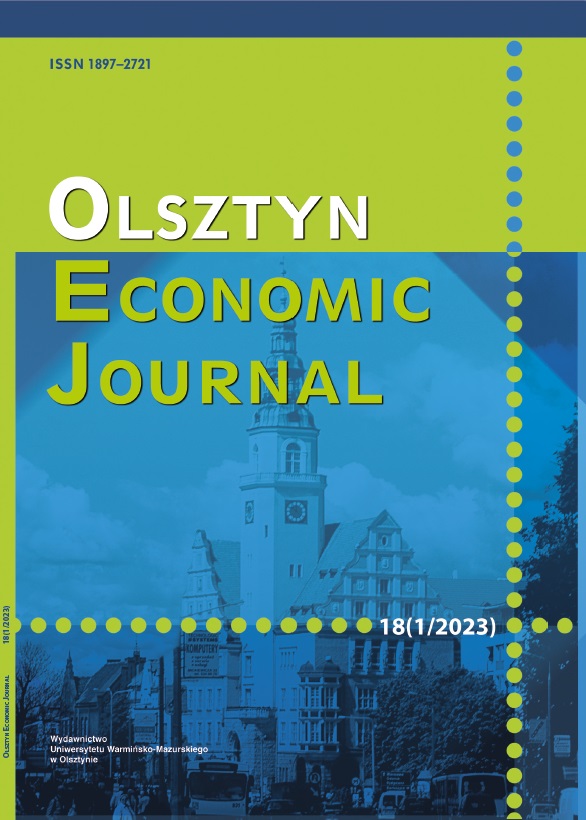METHODS OF MANIPULATION USED IN ADVERTISING
METHODS OF MANIPULATION USED IN ADVERTISING
Author(s): Jacek Michalak, Mateusz StypińskiSubject(s): Media studies, Social psychology and group interaction, Sociology of the arts, business, education, Marketing / Advertising
Published by: Wydawnictwo Uniwersytetu Warmińsko-Mazurskiego w Olsztynie
Keywords: manipulation; advertising;
Summary/Abstract: The aim of this study was to see how selected methods of manipulation used in advertising affect consumer behaviour. The study was conducted using a diagnostic survey using an original questionnaire posted on social media. The participants included 102 selected individuals. According to the information gathered, the respondents are aware that the use of manipulation is widespread in advertising. The most common methods of achieving this include fragmenting the advertising message and leveraging the authority or popularity of individuals featured in advertisements. Fragmentation has a particularly strong effect. Others of similar importance include making the message appear scientific, idealising it, and influencing human emotions. Manipulation in advertisements often leads to situations when consumers decide to purchase products that they do not, in fact, need. Manipulative tactics, such as creating artificial needs, using psychological tricks, or applying social pressure, can significantly influence consumer decision-making, often resulting in the purchase of products that provide no genuine benefit or satisfaction.
Journal: Olsztyn Economic Journal
- Issue Year: 18/2023
- Issue No: 2
- Page Range: 195-206
- Page Count: 12
- Language: English

